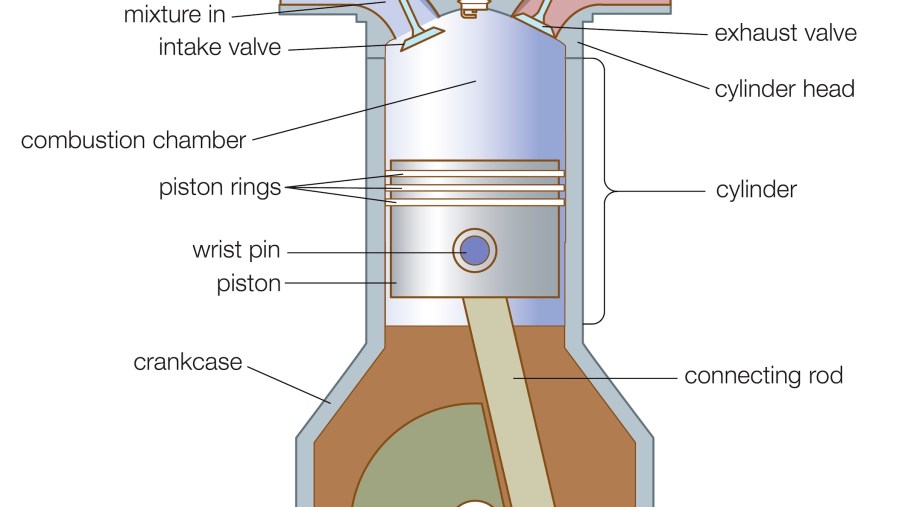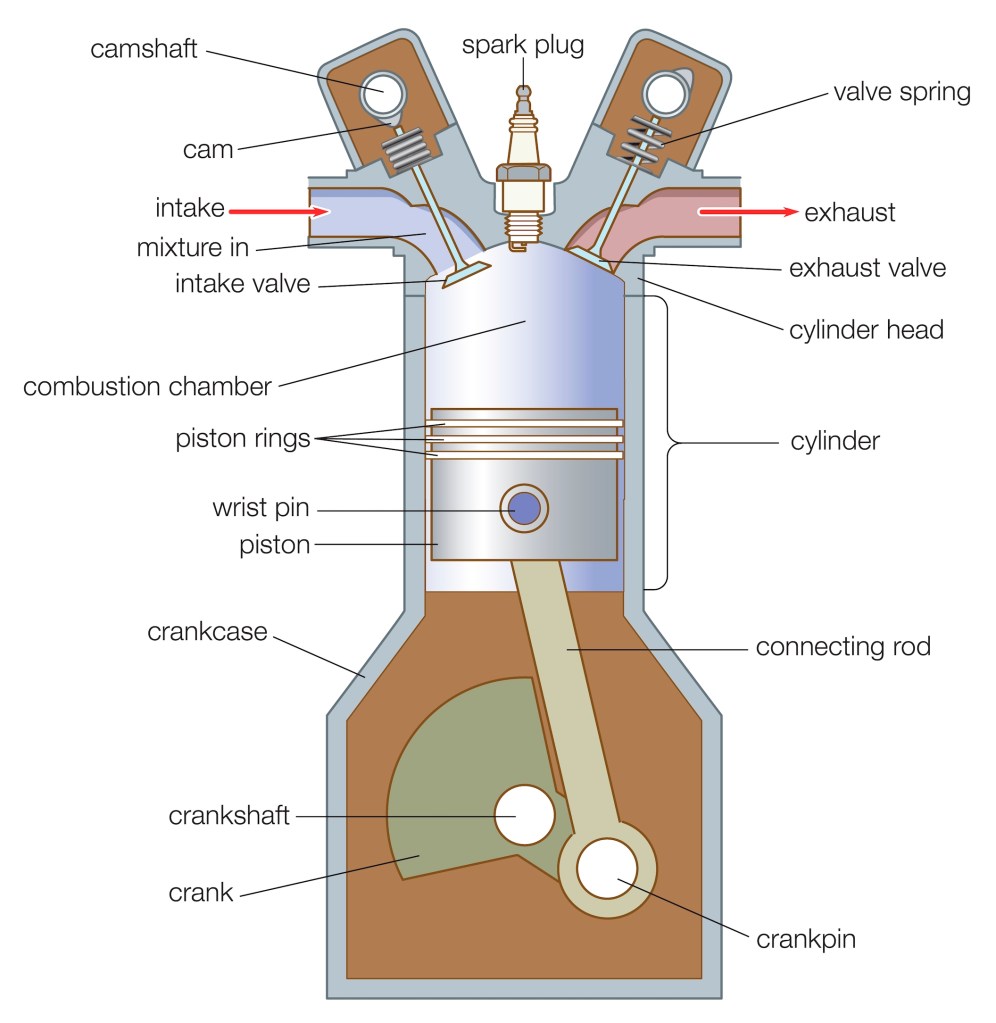
Low-Temp Plasma Ignitions Might Replace Spark Plugs
Since the beginning of mechanized locomotion, people have been trying to figure out ways to make it more efficient. The most basic way to achieve efficiency is to get more energy with less fuel. In general, engines are relatively simple; you need a spark, fuel, and oxygen to make them work. Naturally, any of those three things that can be made more efficient increases the overall efficiency of the engine. The spark plugs are a great place to start because you can get two of those birds with one stone, sort of.
Transient Plasma Systems, out of Torrence, California, is aiming to help with this pesky spark-plug problem. TPS is working on a system that would replace the spark plugs with a low-temperature plasma ignition.
What are spark plugs?
According to MotorTrend, spark plugs build energy up through a coil until the gap between the spark plug and the metal receiver ionizes enough particles in the air to great a brief spark of energy, much like a lightning strike.
How is that different than Transient Plasma Systems replacement?
Although the spark from a spark plug is also plasma, it is of a different sort. The plasm used by TPS is using a different kind of plasma to ignite the fuel in a totally different way from standard spark plugs. MotorTrend reports that using recent advances in solid-state high-voltage research, TPS can summon the same energy as the traditional spark plug faster and apply that energy to a much wider area.
It’s about to get heavy
I’ll be honest this stuff is getting over my head quickly, but we must forward march. This plasma requires a lot of power to create, but somehow, millijoules of energy. I’m not exactly sure the difference in these two terms as applied to this subject, but context leads me to believe this is more efficient.

According to MotorTrend, only half of that energy gets expended, which shatters the bonds of the oxygen molecules, in turn, allowing the free oxygen particles to ignite the fuel at a much lower temperature.
OK OK OK. What does that mean?
Basically, due to whatever science is at work here, the plasma allows the fuel to ignite at a lower temperature, but also that means more of the fuel is being burned. If more fuel is burned and not wasted as heat and vapor, it allows all the fuel to be turned into energy to propel the vehicle forward.
Of course, this system is currently being tested and will require more testing still, but the implications are pretty massive. As much as we all love to change spark plugs or re gap them, I wouldn’t mind a more efficient vehicle that produces less heated and wasted fossil fuels and emissions.



